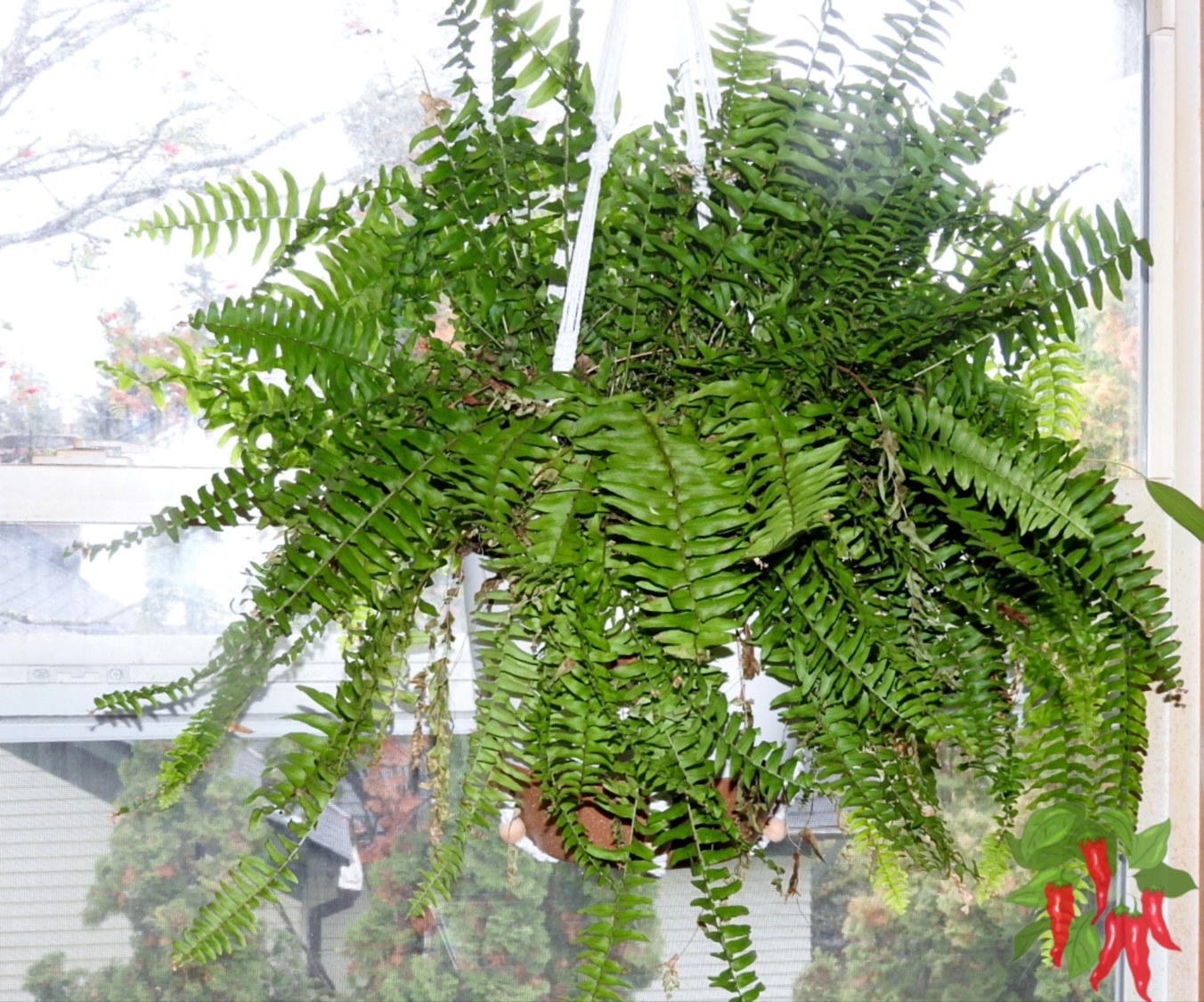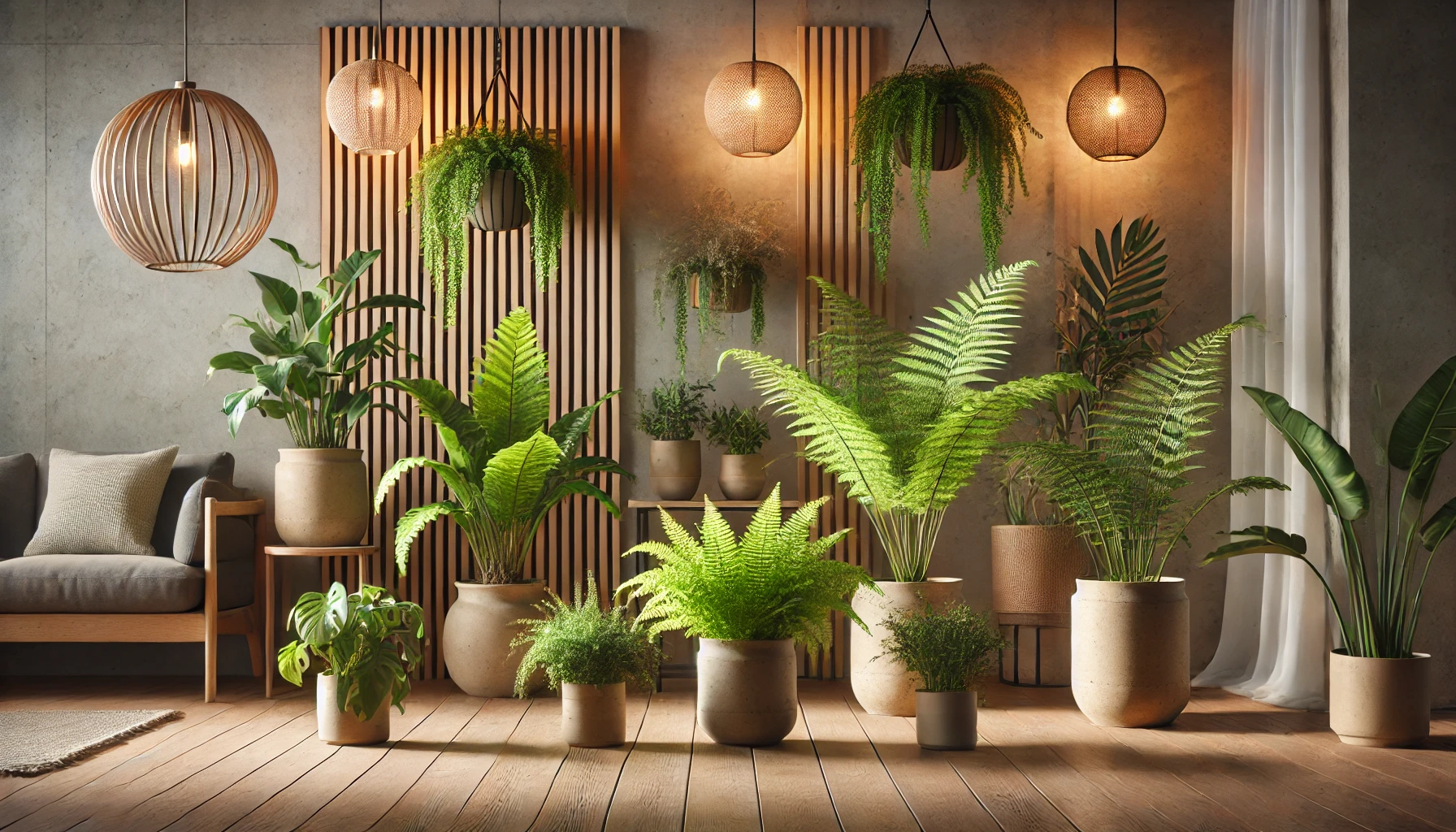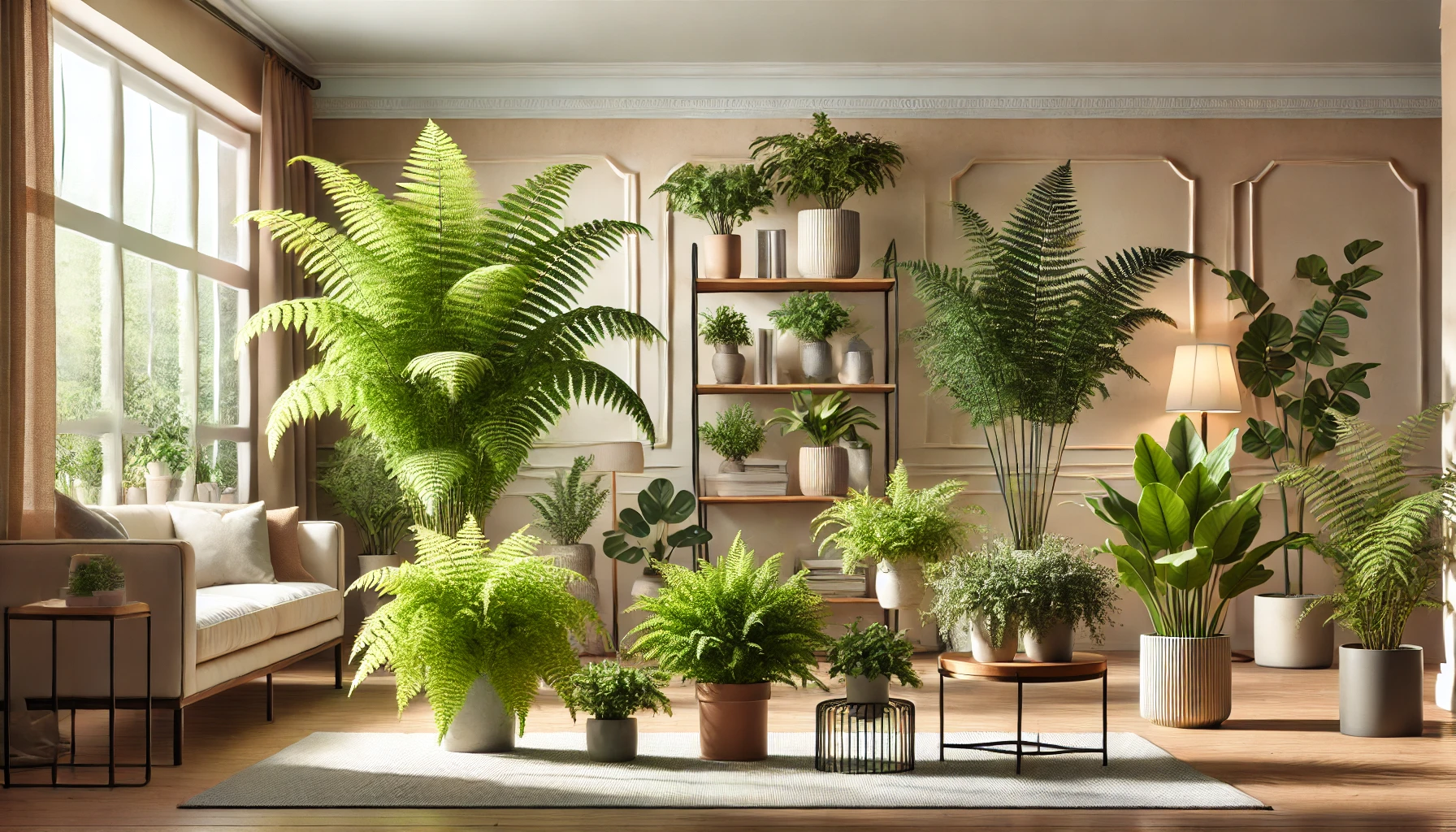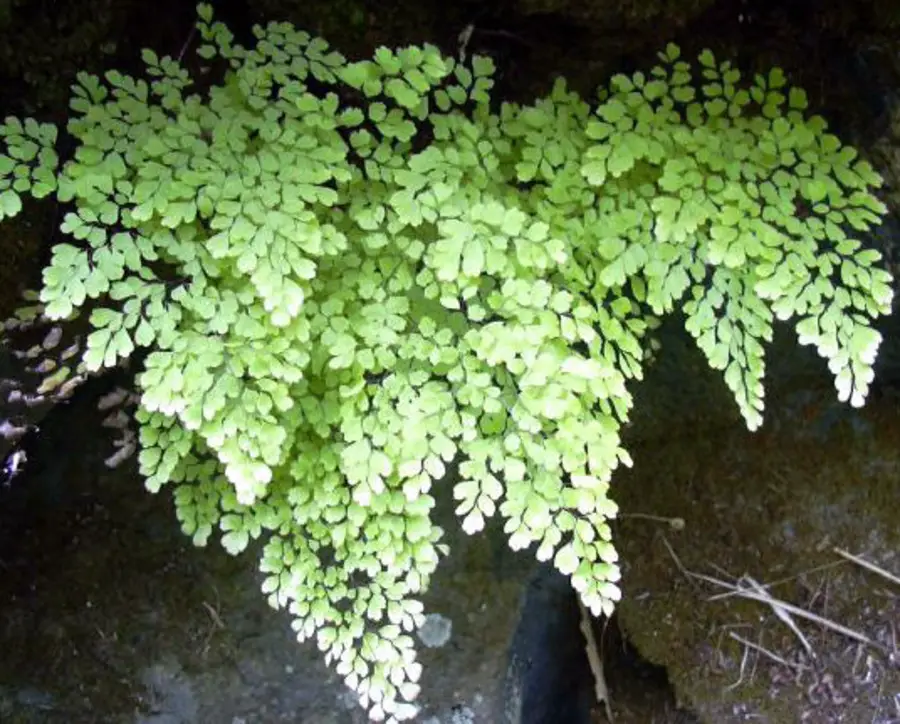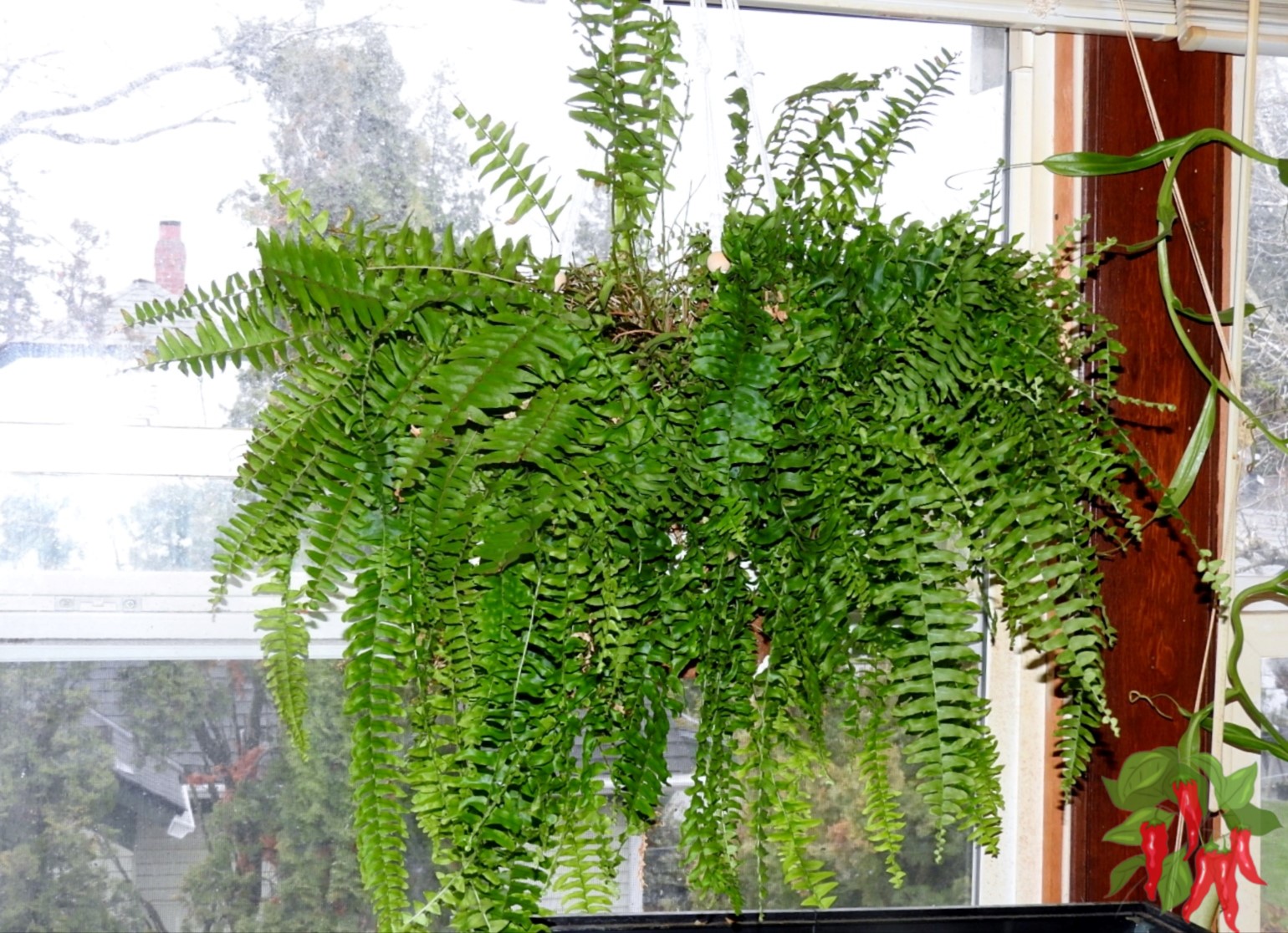This post contains affiliate links. If you buy something from one of our links we may earn a commission. Thanks
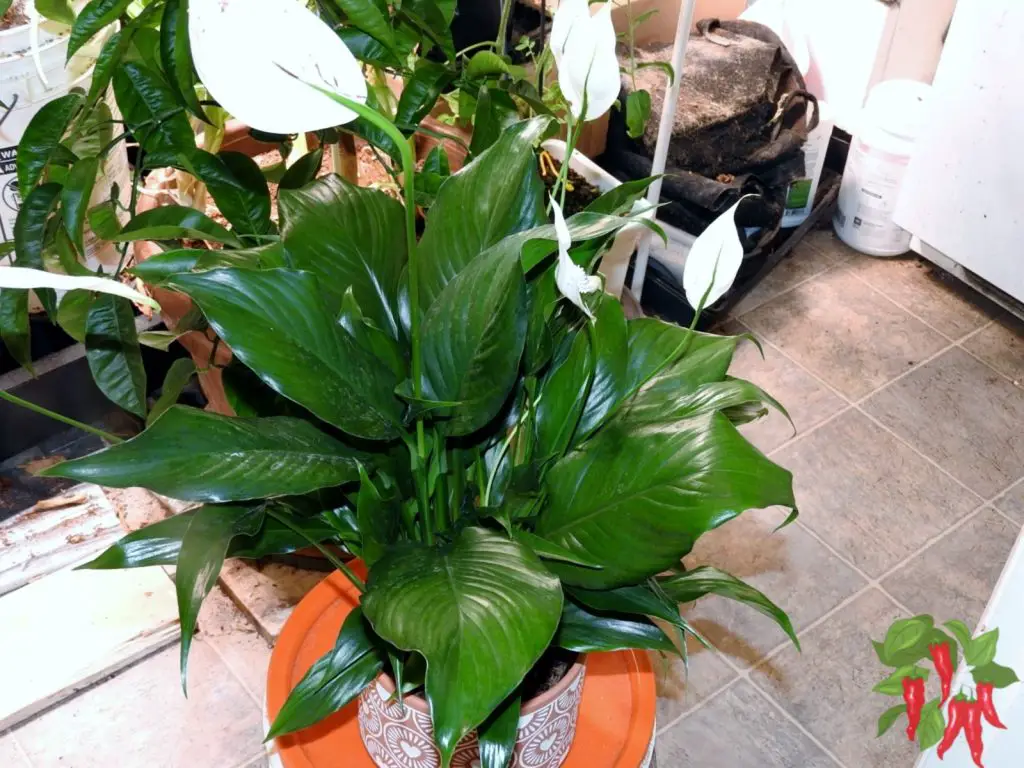
Discover How Air-Purifying Plants Work to naturally clean your indoor air. Learn which plants are best and simple tips to maximize their air-cleaning power.
How Air-Purifying Plants Work
Key Takeaways
- Air-Purifying Plants Work by:
- These plants clean indoor air through photosynthesis and their root systems.
- They absorb toxic compounds like formaldehyde and benzene through their leaves and roots, while beneficial soil bacteria help break down pollutants.
- This natural filtration process converts harmful chemicals into harmless substances while producing oxygen.
How Air-Purifying Plants Work
How Air-Purifying Plants Work is simpler than you might think – these green heroes quietly clean our indoor air 24/7 while beautifying our spaces.
With indoor air pollution levels often 2-5 times higher than outdoors, we need effective solutions that don’t require constant maintenance.
Adding the right air-purifying plants to your space creates a natural and sustainable way to breathe easier.
Importance of Indoor Air Quality
Indoor air quality affects everything from our sleep to our productivity, yet many of us don’t realize how many pollutants lurk in our homes and offices.
From furniture off-gassing to cleaning products, our indoor spaces can harbor numerous invisible threats to our well-being.
Understanding these challenges is the first step toward creating healthier spaces.
Role of Plants in Air Purification
Nature has provided us with an elegant solution to indoor air pollution through plants.
These living air purifiers work tirelessly to filter our air through natural processes.
While they may seem simple, plants employ sophisticated mechanisms to transform our indoor environment.
The Science Behind Plant Air Purification
Ever wonder how plants actually clean the air around us? It’s not magic it’s fascinating science at work.
These green air purifiers transform harmful pollutants into harmless substances using three main processes.
From their leaves to their roots, plants employ sophisticated natural systems that work together to improve our air quality.
Photosynthesis and Gas Exchange
Think of plants as nature’s own air filtration system, working around the clock through an amazing process called photosynthesis.
During this process, plants take in carbon dioxide through tiny pores in their leaves and release clean, fresh oxygen.
This natural exchange happens continuously, creating a constant cycle of air purification that benefits everyone in your space.
Absorption of Volatile Organic Compounds (VOCs)
Plants don’t just produce oxygen they’re also expert chemical cleaners. Through their leaves and roots, plants absorb harmful VOCs like benzene from paint and formaldehyde from furniture.
They break these compounds down into harmless substances, effectively removing these invisible pollutants from your air.
Role of Soil Microorganisms
The real magic happens in the soil, where millions of helpful bacteria work with plant roots in a fascinating partnership.
These microscopic helpers break down toxins that plants absorb, turning them into food for the plant.
It’s a complete natural recycling system that keeps working as long as the plant is healthy.
Top 3 Common Air-Purifying Plants
Not all plants are created equal when it comes to cleaning indoor air. While many houseplants offer some air-cleaning benefits, certain species stand out as super-performers.
Let’s explore three powerhouse plants that consistently rank highest in removing common indoor pollutants while being easy to maintain.
1. Spider Plant

JM BAMBOO Reverse Variegated Spider Plant – Easy to Grow/Cleans The Air – 4in Pot
Spider plants are champions at cleaning indoor air, especially when it comes to removing formaldehyde.
These easy-going plants thrive in most conditions and produce plenty of baby plants, making them perfect for spreading clean air throughout your home.
Their long, arching leaves actively filter pollutants while adding a decorative touch to any room.
2. Snake Plant

Costa Farms Premium Live Indoor Snake Sansevieria Floor Plant Shipped in Décor Planter, 2-Feet Tall
Snake plants are the night shift workers of the plant world. Unlike most plants, they convert CO₂ to oxygen at night, making them ideal bedroom companions.
These tough plants can survive in low light and irregular watering, while consistently filtering out common household toxins.
3. Peace Lily

Costa Farms Peace Lily, Live Indoor Plant with Flowers, Easy to Grow Houseplant in Decorative Pot, Potting Soil, Thinking of You, Get Well Soon Gift, Room Decor, 1 Foot Tall
Peace lilies excel at removing multiple air pollutants, including mold spores and VOCs.
These beautiful plants with their striking white flowers serve as natural air quality indicators – their leaves will droop when they need water, making them easy to care for while they clean your air.
Factors Influencing Plant Efficacy
Getting the most air-cleaning power from your plants isn’t just about choosing the right species. Several key factors determine how effectively plants purify your air.
Understanding these elements helps you maximize your plants’ air-cleaning abilities and create a more effective natural filtration system in your space.
Plant Size and Leaf Surface Area
Size matters when it comes to air purification. Larger plants with more leaves have greater surface area to trap and filter pollutants from the air.
Think of each leaf as a tiny air filter – the more leaves you have working for you, the more efficient the air cleaning process becomes.
Number of Plants Required for Effective Purification
While one plant is good, several plants working together create a more noticeable impact on air quality.
Research suggests using at least one medium to large-sized plant per 100 square feet of indoor space.
This creates an effective green filtering system throughout your space without overcrowding.
Maintenance and Health of Plants
Just like any air filter, plants need proper care to work effectively. Healthy plants clean air better than stressed ones.
Regular watering, appropriate light, and occasional dusting of leaves keep your natural air purifiers working at peak performance.
Integrating Air-Purifying Plants into Indoor Spaces
Strategic placement and thoughtful integration of plants can dramatically boost their air-cleaning performance.
The right approach turns your indoor greenery from simple decoration into an effective air quality solution.
Knowing where and how to position your plants makes all the difference in their purifying power.
Placement for Maximum Effectiveness
Strategic placement of plants can maximize their air-cleaning potential.
Positioning plants near potential pollution sources like computer areas, new furniture, or cooking spaces helps target specific air quality issues.
Consider placing plants where air circulates naturally to help them filter more effectively.
Combining Plants with Other Air Quality Strategies
Plants work best as part of a complete air quality plan.
Combining them with good ventilation, regular cleaning, and air purifiers when needed creates a comprehensive approach to indoor air quality.
Think of plants as team players in your overall air quality strategy.
Considerations for Allergies and Pets
While plants are natural air cleaners, it’s important to choose the right ones for your situation.
Some plants can trigger allergies or pose risks to curious pets. Research pet-safe options and low-pollen varieties if allergies are a concern in your household.
Debunking Myths and Misconceptions
There’s a lot of buzz around air-purifying plants, but not everything you hear is accurate.
While plants definitely do help clean indoor air, some claims about their abilities have been stretched beyond reality.
Let’s separate fact from fiction to understand what plants can really do for your air quality.
Overestimation of Plant Capabilities
Let’s be real. While plants are amazing air cleaners, they’re not miracle workers.
A few plants won’t completely purify a heavily polluted space overnight.
Understanding their limitations helps set realistic expectations while still appreciating their valuable contribution to indoor air quality.
Misinterpretation of NASA’s Clean Air Study
The famous NASA study that sparked interest in air-purifying plants was conducted in a sealed space station environment, quite different from our homes.
While the study proved plants can clean air, home conditions vary greatly. The good news? Plants still provide significant benefits in regular indoor spaces.
Recent Innovations and Research
The world of air-purifying plants is evolving rapidly as science uncovers new possibilities.
From enhanced plant varieties to innovative growing systems, researchers are finding exciting ways to boost plants’ natural air-cleaning abilities.
These developments are changing how we use plants to improve indoor air quality.
Bioengineered Plants
Science is taking air-purifying plants to the next level. New developments include enhanced plants specifically designed to be more effective at removing indoor pollutants.
These innovations combine nature’s wisdom with modern technology to create super-powered air cleaners.
Green Walls and Vertical Gardens
Vertical gardens and living walls are revolutionizing how we think about indoor air purification.
These installations pack more plants into less space, maximizing air-cleaning potential while creating stunning visual displays.
They’re particularly effective in offices and public spaces.
FAQ Section
Understanding air-purifying plants raises many common questions. Here are answers to some frequently asked queries about using plants to clean indoor air.
Q: How many plants do I need to purify a room?
A: Generally, use 1-2 medium to large plants per 100 square feet for noticeable air quality improvement.
Q: Do I need to keep my plants in direct sunlight to clean air?
A: No, many effective air-purifying plants like snake plants and pothos work well in indirect light.
Q: How quickly do plants clean the air?
A: Plants work continuously but gradually. Expect to see better air quality over weeks rather than days.
Q: Which plants are best for bedrooms?
A: Snake plants, peace lilies, and aloe vera are excellent choices as they can filter air at night.
Q: How often should I water my air-purifying plants?
A: It varies by plant type – check soil moisture weekly and water when the top inch feels dry.
How Air-Purifying Plants Work Conclusion
The power of air-purifying plants lies in their natural ability to continuously clean our indoor air.
While they work best as part of a comprehensive air quality strategy, their benefits extend beyond just air purification.
They also add beauty, improve humidity, and create more pleasant indoor spaces.
Key Takeaways:
• Plants naturally filter air through photosynthesis and root system processes
• Larger plants with more leaves clean air more effectively
• Strategic placement near pollution sources maximizes benefits
• Different plants target specific pollutants
• Healthy plants are more effective air purifiers
• Combine plants with other air quality measures for best results
🍃 Air Purifying Houseplant Guides
Want to freshen your air naturally? These expert guides on air purifying houseplants will help you choose, grow, and care for plants that keep your home healthy and green!
- 🌿 Air Purifying Houseplants (Pillar Guide)
- 🌱 Best Air Purifying Plants for Beginners
- 🚿 Best Air Purifying Plants for Bathrooms
- 💨 How Air Purifying Plants Work
- 🌿 Indoor Vines with Air Purifying Benefits
- 🐾 Air Purifying Plants for Pet Owners
- 🛋️ Best Air Purifying Plants for Living Rooms
- 🌺 Rare Air Purifying Houseplants
- 🏡 Top Air Purifying Plants for Your Home
- See all articles in our Air Purifying Houseplants category
Related Content
Visit my Amazon Influencer Page for videos and gardening products Grow Your Own Garden



